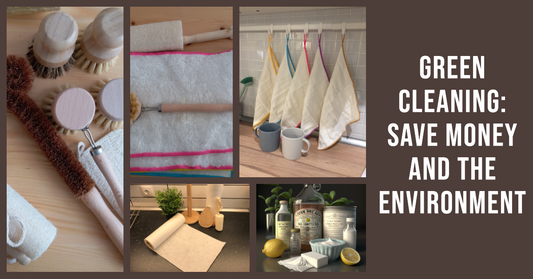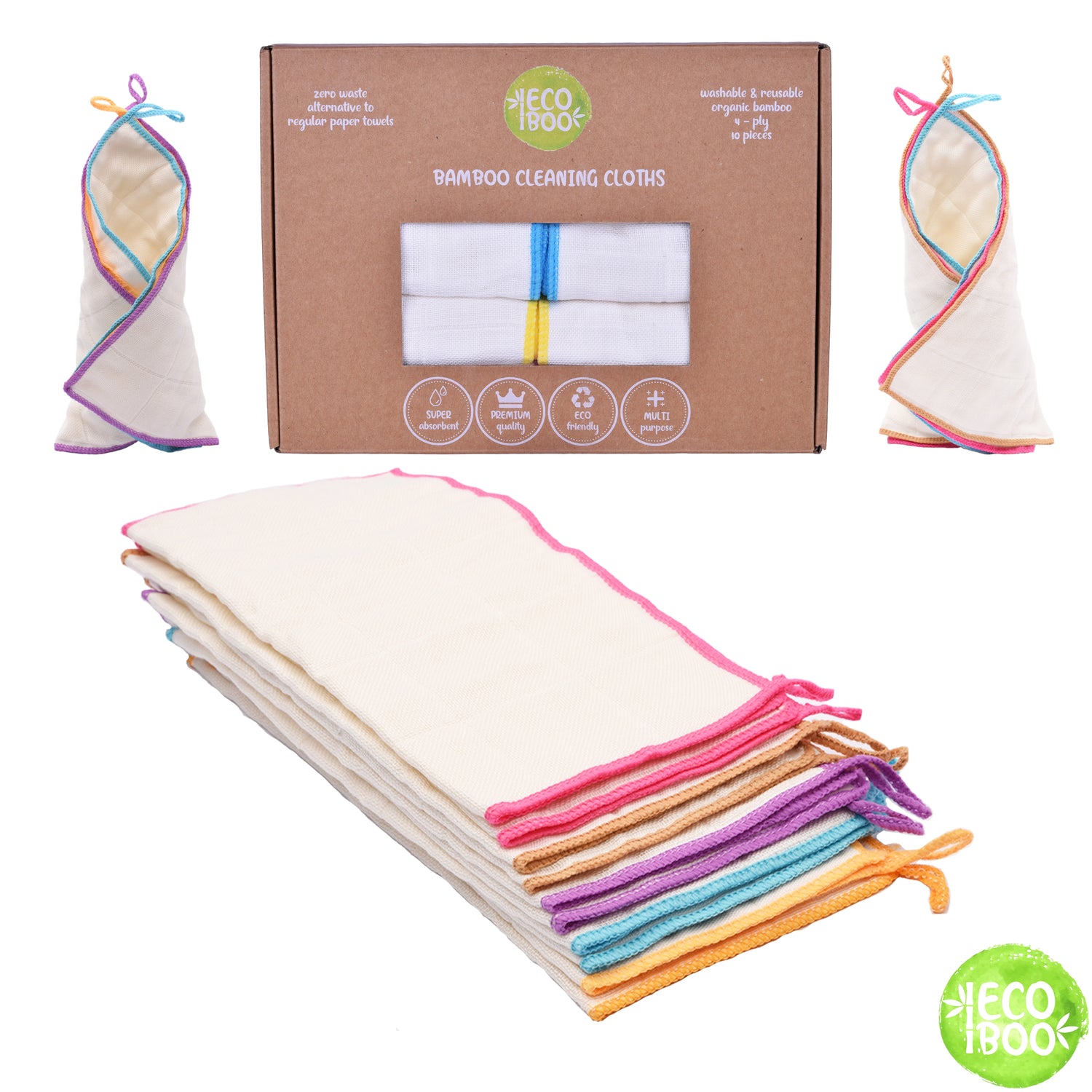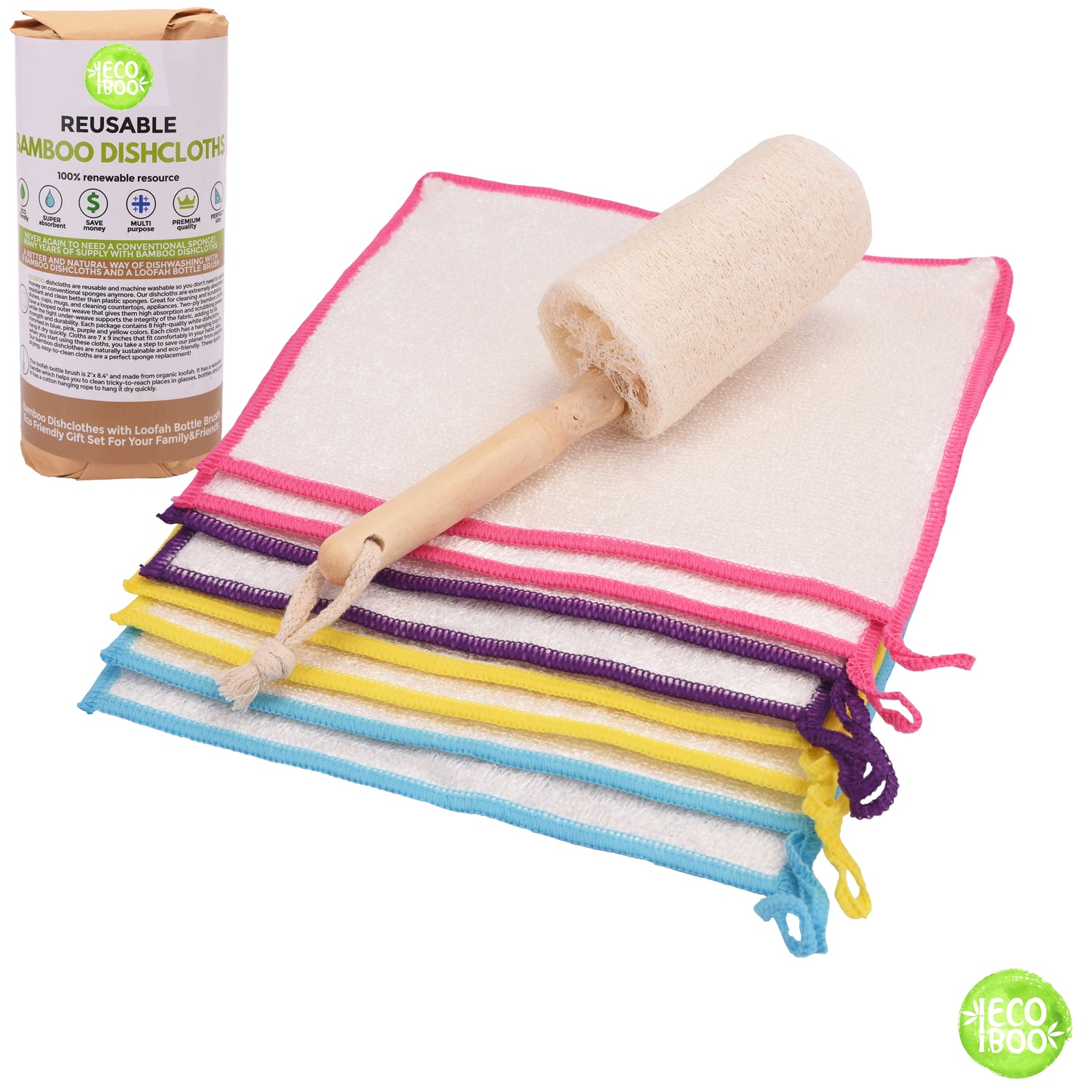Table of Contents
I. Introduction
Composting is a natural process that transforms food waste into nutrient-rich soil, providing an eco-friendly solution to reducing food waste and creating valuable resources for your garden.
In this comprehensive guide, we will explore the basics of composting, from understanding the composting process to setting up your own compost system, maintaining it, and harvesting and using the finished compost.
We will also delve into advanced composting techniques and troubleshooting common challenges, so you can become a composting pro!
Composting is not only beneficial for the environment but also for your garden.
The nutrient-rich compost produced from food waste can improve soil fertility, enhance plant growth, and reduce the need for synthetic fertilizers, making it a sustainable gardening practice that is gaining popularity among gardeners of all skill levels.
II. The Basics of Composting

At its core, composting is a natural process that involves the decomposition of organic materials, such as food waste, into a dark, crumbly substance known as compost.
Composting occurs when microorganisms, such as bacteria and fungi, break down organic materials into simpler compounds that are rich in nutrients, such as nitrogen, phosphorus, and potassium, which are essential for plant growth.
To start composting, you will need to understand the key components of compost: browns, greens, air, and water.
Browns are materials rich in carbon, such as dried leaves, straw, and wood chips, while greens are materials rich in nitrogen, such as fruit and vegetable scraps, coffee grounds, and grass clippings.
Air and water are also crucial for the decomposition process, as they provide the necessary conditions for microorganisms to thrive.
When it comes to selecting a composting method, there are several options to choose from, depending on your needs and space availability.
Backyard composting is the most common method, which involves setting up a compost bin or pile in your backyard.
Vermiculture, or worm composting, is another popular method that uses worms to break down food waste.
Community composting is a great option for those who do not have space for composting at home, as it involves dropping off food waste at a local composting facility.
III. Collecting Food Waste for Composting

One of the first steps in composting is collecting food waste for composting.
Many types of food waste can be composted, including fruit and vegetable scraps, coffee grounds, tea leaves, eggshells, and crushed nutshells.
These materials are considered "greens" and are rich in nitrogen, which provides the essential nutrients for microorganisms to thrive and break down organic matter.
However, it's important to know what should not be composted as well.
Meat, dairy, oily foods, and fatty foods should be avoided, as they can attract pests, emit unpleasant odors, and take longer to decompose.
It's also recommended to avoid composting weeds with mature seeds or diseased plants, as they can spread weed seeds or diseases in your compost pile.
To maintain a healthy balance in your compost pile, it's essential to balance browns and greens.
Browns provide carbon, which acts as a source of energy for microorganisms and helps to create aeration in the compost pile, while greens provide nitrogen, which promotes the growth of microorganisms.
Aim for a ratio of approximately 3 parts browns to 1 part greens to achieve the right balance in your compost pile.
IV. Setting Up a Compost System

Once you've gathered all the necessary materials for composting, it's time to set up your compost system.
The first step is to decide on the location of your compost pile or bin.
Choose a spot that is well-drained, easily accessible, and receives ample sunlight. Ideally, it should be close to your kitchen for convenient food waste collection.
Next, you'll need to decide on the type of composting method that fits your needs.
There are several options to choose from, including backyard composting, vermiculture, or community composting.
Backyard Composting
Backyard composting is the most common method used by home gardeners.
It involves creating a compost pile or using a compost bin in your yard.
You can start with a simple open-air pile, but using a compost bin can help control the composting process and prevent pests from getting into your compost.
To set up a backyard compost system, follow these steps:
- Choose a compost bin or create a compost pile: You can purchase a compost bin from a garden center or make one yourself using materials such as wood, wire mesh, or plastic. Alternatively, you can create a compost pile directly on the ground, but it's recommended to use a bin to contain the compost and prevent it from spreading.
- Add browns and greens: Start by adding a layer of browns, such as dried leaves or straw, followed by a layer of greens, such as fruit and vegetable scraps, coffee grounds, and grass clippings. Continue layering browns and greens to create a balanced mix.
- Turn and water: Regularly turn the compost pile with a pitchfork or shovel to aerate it and promote decomposition. Keep the compost moist, but not too wet, by watering it regularly. Aim for a moisture level similar to a damp sponge.
- Monitor and adjust: Check the temperature, moisture, and aeration of your compost pile regularly. Adjust the browns and greens ratio as needed to maintain a balanced mix and speed up the composting process.
Vermiculture
Vermiculture, also known as worm composting, is a great option for those with limited outdoor space or who want to compost indoors.
It involves using special composting worms, such as red wigglers, to break down food waste into nutrient-rich castings, or worm manure.
To set up a vermicomposting system, follow these steps:
- Choose a worm bin: You can purchase a worm bin from a garden center or make one yourself using materials such as plastic bins or wooden boxes. Worm bins typically have multiple layers, with a bottom layer for collecting liquid, a middle layer for the worms and bedding, and a top layer for adding food scraps.
- Add bedding and worms: Start by adding a bedding material, such as shredded newspaper or coconut coir, to the middle layer of your worm bin. Moisten the bedding to a damp sponge-like consistency. Then, add the worms on top of the bedding. Red wigglers are the most common type of worms used for vermicomposting.
- Add food scraps: Place your food scraps on top of the bedding, making sure not to overload the worms with too much food. Worms can eat approximately half their weight in food scraps each day, so adjust the amount of food you add accordingly.
- Maintain and harvest: Regularly monitor the moisture level, temperature, and food supply in your worm bin. Adjust the bedding and food as needed. Over time, the worms will convert the food scraps into nutrient-rich worm castings. Harvest the castings by removing the finished compost from the bottom of the worm bin. Use the worm castings as a rich fertilizer for your plants, both indoors and outdoors.
Community Composting

Community composting is a great option for those who do not have space or time for composting at home.
Many communities have designated composting sites where residents can drop off their food waste and other organic materials to be composted on a larger scale.
To participate in a community composting program, follow these steps:
- Research local community composting sites: Check with your local waste management or environmental department to find out if there are any community composting sites in your area. These may be run by local municipalities, non-profit organizations, or community gardens.
- Collect and store food waste: Collect your food scraps and other organic materials in a container designated for composting. Keep it in your kitchen or another convenient location until you're ready to drop it off at the community composting site.
- Follow community composting guidelines: Each community composting site may have its own guidelines and requirements for dropping off food waste. Make sure to follow these guidelines carefully, including separating food waste from other types of waste and using approved containers or bags.
- Learn about the community composting process: Some community composting sites may offer educational programs or workshops on composting. Take advantage of these resources to learn more about the composting process and how your food waste is being turned into nutrient-rich compost.
- Support the community composting program: Participating in a community composting program not only helps you divert food waste from the landfill but also supports the efforts of the local community to reduce waste and promote sustainable practices. Spread the word and encourage others to join the community composting program as well.
V. Using Your Compost

Once your compost is ready, you can use it to enrich your garden soil, nourish your plants, and promote healthy plant growth.
Compost is a valuable source of organic matter, nutrients, and beneficial microorganisms that improve soil structure, fertility, and water retention.
To use your compost in the garden, follow these tips:
- Add compost to planting holes: When planting new plants or transplanting seedlings, mix a generous amount of compost into the planting hole. This will provide a nutrient-rich environment for the roots to establish and grow.
- Top dress your garden beds: Spread a layer of compost on top of your garden beds, around existing plants. This will help suppress weeds, retain moisture, and provide a slow-release source of nutrients for your plants.
- Use compost as mulch: Use compost as a natural mulch to cover the soil around your plants. This will help regulate soil temperature, conserve moisture, and provide a protective layer for beneficial microorganisms.
- Make compost tea: Compost tea is a liquid fertilizer made from steeping compost in water. Use it as a foliar spray or soil drench to provide a quick boost of nutrients to your plants.
- Mix compost with potting soil: When planting in containers, mix compost with potting soil to create a nutrient-rich growing medium for your potted plants.
- Share compost with others: If you have more compost than you can use, consider sharing it with your neighbors, friends, or community gardens. Compost is a valuable resource that can benefit the entire community.
VI. Troubleshooting Compost Issues

Composting is a natural process, but sometimes issues may arise that can affect the quality and effectiveness of your compost.
Here are some common composting problems and how to troubleshoot them:
- Smelly compost: If your compost smells bad, it may be too wet or have too much nitrogen-rich material. Add more browns, such as dried leaves or straw, to balance the moisture and carbon-to-nitrogen ratio. You can also turn the compost to aerate it and promote decomposition. Avoid adding any meat, dairy, oily, or greasy foods, as they can cause unpleasant odors in the compost.
- Pests in compost: If you notice pests, such as flies, ants, or rodents, in your compost, it may be due to food waste that hasn't been properly covered or buried. Make sure to always cover your food scraps with a layer of browns, such as leaves or straw, to discourage pests. If the issue persists, consider adding a layer of wire mesh or hardware cloth to the bottom of your compost bin to prevent pests from entering.
- Slow decomposition: If your compost is taking longer than expected to decompose, it may be due to an imbalance in the carbon-to-nitrogen ratio. Add more nitrogen-rich materials, such as green plant trimmings or kitchen scraps, to increase the nitrogen content in the compost. Turning the compost regularly can also help speed up the decomposition process by providing oxygen to the microorganisms that break down the organic matter.
- Dry compost: If your compost is too dry, it may not decompose properly. Add water to your compost in small amounts and mix it well to ensure proper moisture levels. The compost should be damp, like a wrung-out sponge. Avoid over-watering, as it can cause the compost to become waterlogged and slow down decomposition.
- Unpleasant odor: If your compost has a foul smell, it may be due to anaerobic conditions caused by a lack of oxygen. Turning the compost regularly can help aerate it and prevent anaerobic decomposition. Also, make sure to add enough browns, such as leaves or straw, to provide carbon and promote aerobic decomposition. If the odor persists, it may be a sign of too much moisture or an excess of nitrogen-rich materials, so adjust the moisture and carbon-to-nitrogen ratio as needed.
- Matted or compacted compost: If your compost appears matted or compacted, it may be due to a lack of aeration. Turning the compost regularly can help loosen and fluff up the material, promoting airflow and decomposition. You can also add more bulky materials, such as twigs or coarse leaves, to create air pockets in the compost.
- Temperature fluctuations: Composting is most effective when the temperature inside the compost pile or bin remains between 120-160°F (49-71°C). If the temperature drops significantly, it may slow down the decomposition process. In cold weather, insulate your compost pile or bin with a layer of straw or leaves to help retain heat. In hot weather, shade your compost pile or bin to prevent it from overheating.
If you encounter any issues with your compost, don't be discouraged.
Composting is a natural process that may require adjustments and monitoring.
By troubleshooting and making necessary changes, you can create healthy and nutrient-rich compost for your garden.
VII. Conclusion
Composting is a simple and effective way to reduce food waste, improve soil fertility, and promote sustainable gardening practices.
By following the steps outlined in this guide, you can start composting at home or participate in a community composting program.
Remember to choose the right materials, create the right conditions, and maintain and harvest your compost properly.
If you're looking for a convenient and efficient composting solution, you can consider using Lomi composters, which are designed to make composting easy and hassle-free.
You can learn more about Lomi composters here.
With patience and effort, you can create nutrient-rich compost that will benefit your garden and the environment.
Happy composting!






